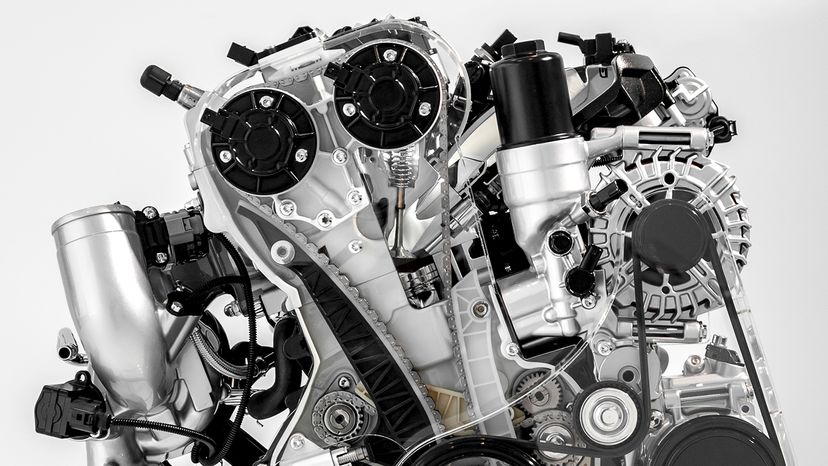Over the years, several engine prototypes have emerged, aiming to rival the V engine's dominance; none are close to replacing the V engine in performance, but some alternative automobile engines have risen in the ranks.
Electric Motors
Electric motors have become strong contenders in the automotive industry, known for their instant torque and clean energy. These motors generate power more efficiently than traditional combustion engines, making them an appealing choice for eco-conscious drivers.
However, electric motors still face challenges in matching the raw power and driving experience that the V engine offers in high-performance vehicles. Until battery technology advances further, electric motors may remain more suited to daily driving rather than thrilling sports car experiences.
Hybrid Motors
Hybrid motors, which combine a traditional combustion engine with an electric motor, aim to offer the best of both worlds. They provide better fuel economy while still maintaining respectable power, making them a popular choice for everyday drivers.
Yet hybrid motors often prioritize efficiency over performance, meaning they can't quite match the raw horsepower of a dedicated V engine. While hybrid technology continues to improve, true car enthusiasts often prefer the pure power and feel of a traditional V engine over the compromise that hybrids represent.
Inline Engines
Inline engines, where the cylinders are arranged in a straight line, are another alternative that has seen widespread use, especially in smaller cars. These engines are typically more fuel-efficient and easier to maintain than their V-shaped counterparts.
Unfortunately, an inline engine lacks the compact power delivery of the V engine, especially in a cylinder arrangement of six or more. Car enthusiasts often prefer V engines for their ability to deliver a smoother and more dynamic driving experience compared to the more straightforward power of an inline engine.
Flat Engines
Flat engines, also known as boxer engines, place their cylinders horizontally, allowing for a lower center of gravity and better balance in the vehicle. This design is known for offering excellent stability and handling, which is why brands like Porsche and Subaru often favor it.
However, the wider shape of a flat engine takes up more space, and it generally produces less power than a V engine of the same size.
While flat engines are appreciated for their unique characteristics, they have not yet been able to surpass the widespread appeal of the V engine in terms of overall performance and versatility.
This article was created in conjunction with AI technology, then fact-checked and edited by a HowStuffWorks editor.
